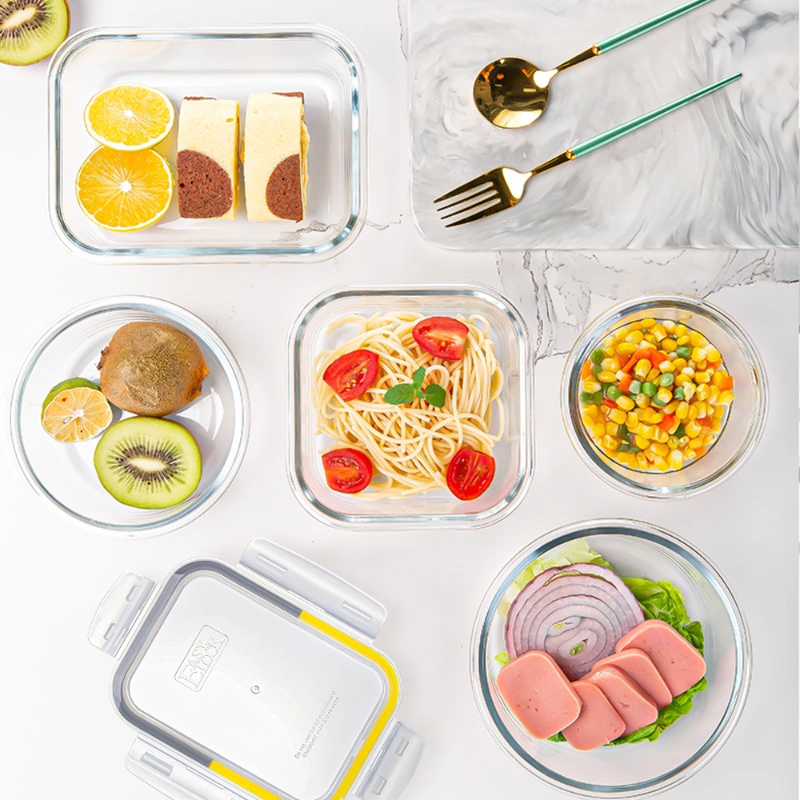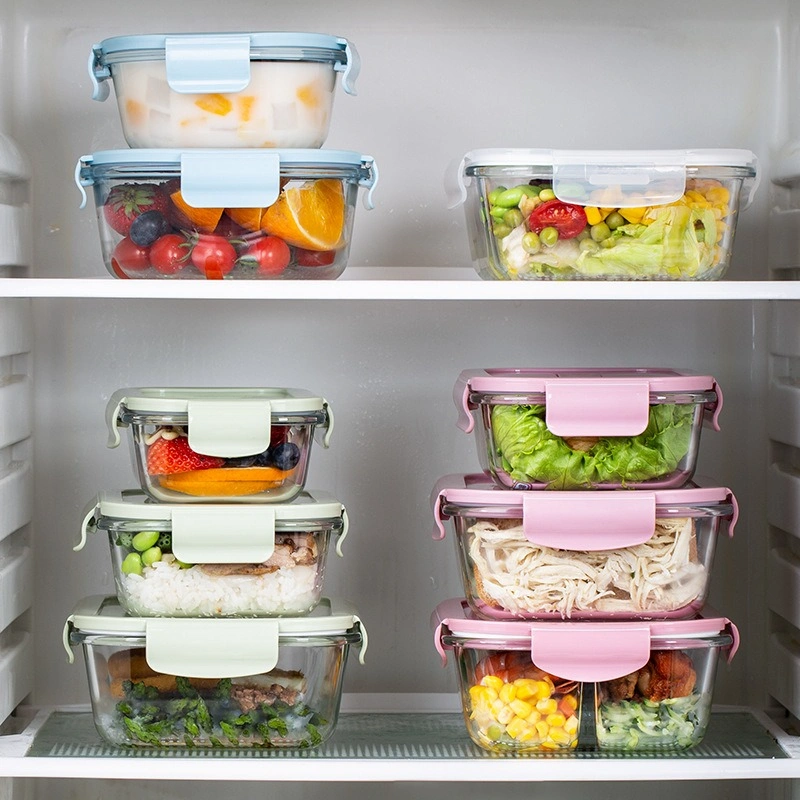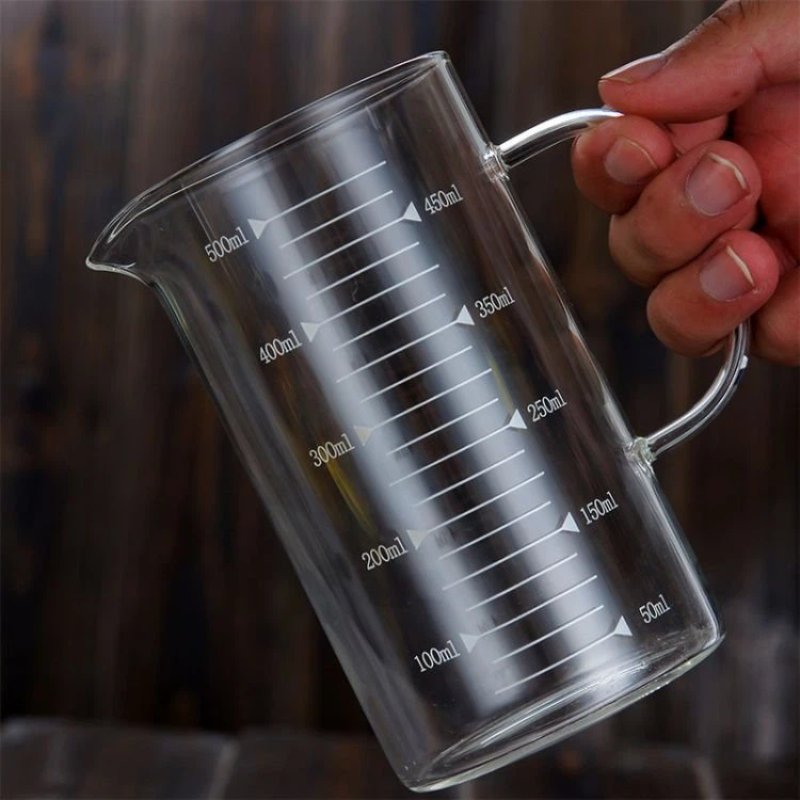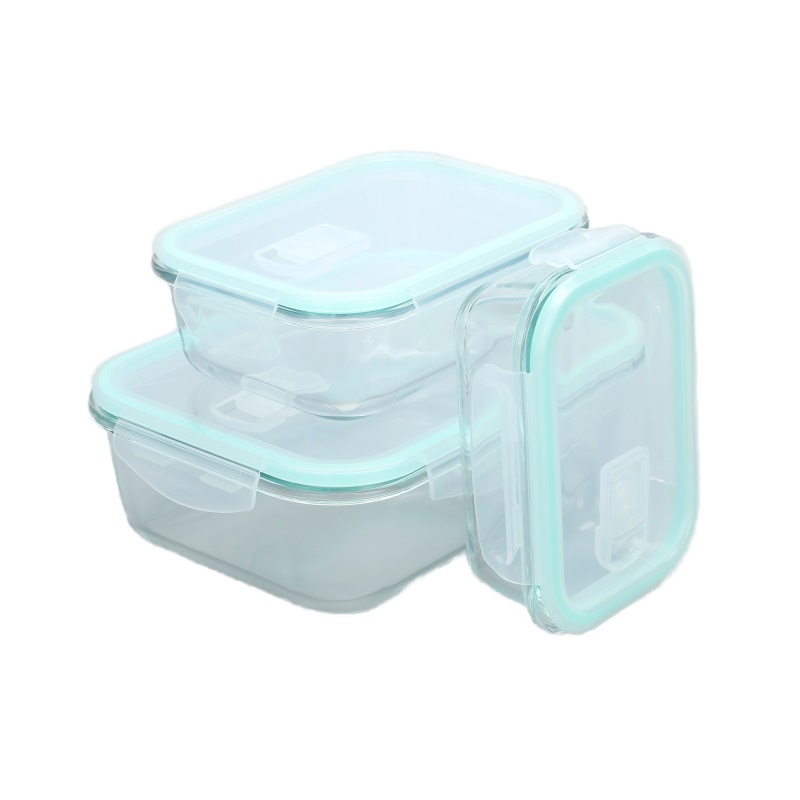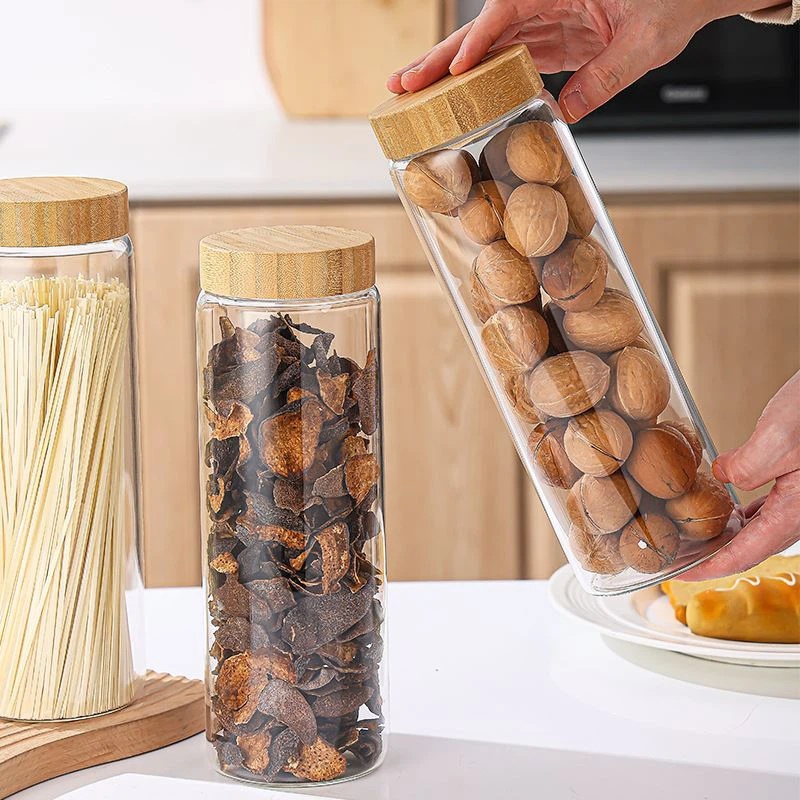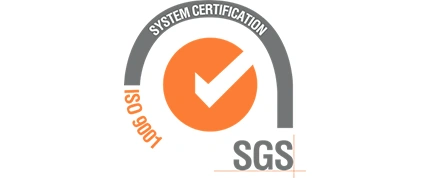How to Identify High Borosilicate Glass Lunch Box
Table of Contents
Choosing the right lunch box is essential for food safety and convenience. High borosilicate glass lunch box are renowned for their durability and heat resistance. However, distinguishing them from ordinary glassware can be tricky. This guide will help you identify if your lunch box is made from high borosilicate material using several practical methods.
Temperature Resistance Test
High borosilicate glass is celebrated for its exceptional ability to withstand extreme temperatures. To test your lunch box:
- Refrigerate and Heat: Place the lunch box in the refrigerator for several hours. Once chilled, remove it and pour hot water, close to boiling, into it.
- Observe the Reaction: A true high borosilicate glass lunch box will endure this rapid temperature change without cracking or shattering.
Safety Tip: Exercise caution during this test to prevent burns or accidents with glass fragments. Consider wearing gloves and protective eyewear.
Transparency and Texture
High borosilicate glass is characterized by its clear and transparent appearance. To evaluate these qualities:
- Visual Clarity: Hold the lunch box up to the light. High borosilicate glass should appear crystal clear, with minimal distortion.
- Surface Feel: Run your fingers over the surface. A smooth and refined texture, possibly with subtle water ripple marks, indicates high-quality glass.
Wall Thickness and Weight
High borosilicate glass lunch boxes typically have thinner walls than standard glassware, measuring around 1.5-2.5 mm, yet they maintain impressive strength. To check this:
- Wall Thickness: Inspect the edges of the lunch box. Thin but sturdy walls are a hallmark of high borosilicate glass.
- Weight Assessment: Pick up the lunch box. It should feel lightweight yet robust, a key indicator of its composition.
Sound and Touch
The sound and tactile response of high borosilicate glass differ from ordinary glass:
- Tap Test: Gently tap the surface of the lunch box with a utensil. High borosilicate glass produces a distinct, crisp sound compared to the duller tone of regular glass.
- Tactile Experience: Notice the texture as you handle the container. The smooth and sleek feel is characteristic of quality glassware.
Check the Label
Finally, examining the product label or packaging can provide direct information about the material used:
- Manufacturer’s Mark: Legitimate high borosilicate glass lunch boxes usually feature a label indicating the material composition.
- Brand Reputation: Opt for products from reputable brands known for their quality and authenticity in high borosilicate glassware.
Conclusion
Identifying a high borosilicate glass lunch box involves assessing its temperature resistance, transparency, texture, thickness, weight, sound, and manufacturer labeling. By using these methods, you can confidently determine if your lunch box meets the high standards of borosilicate glassware. Prioritizing reputable brands and sellers ensures that you invest in a product that is both safe and durable.
Newest Blog
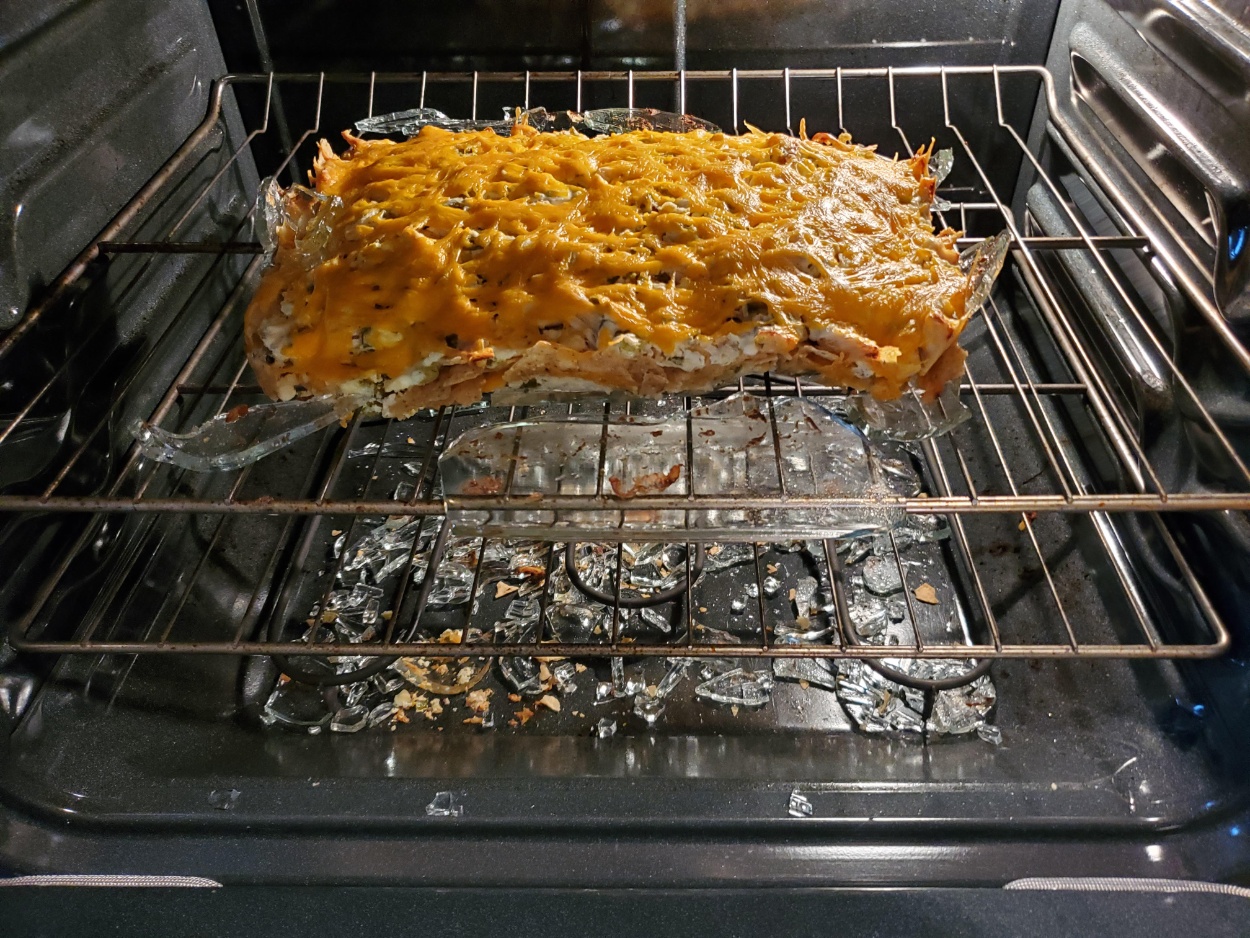
Is Glass Safe In The Oven?
Whether you’re a home cook or a business owner sourcing from a glass lunch box factory, understanding the nuances of oven-safe glass is crucial. We’ll explore the world of durable and reliable custom glass food container options, ensuring you make informed decisions.
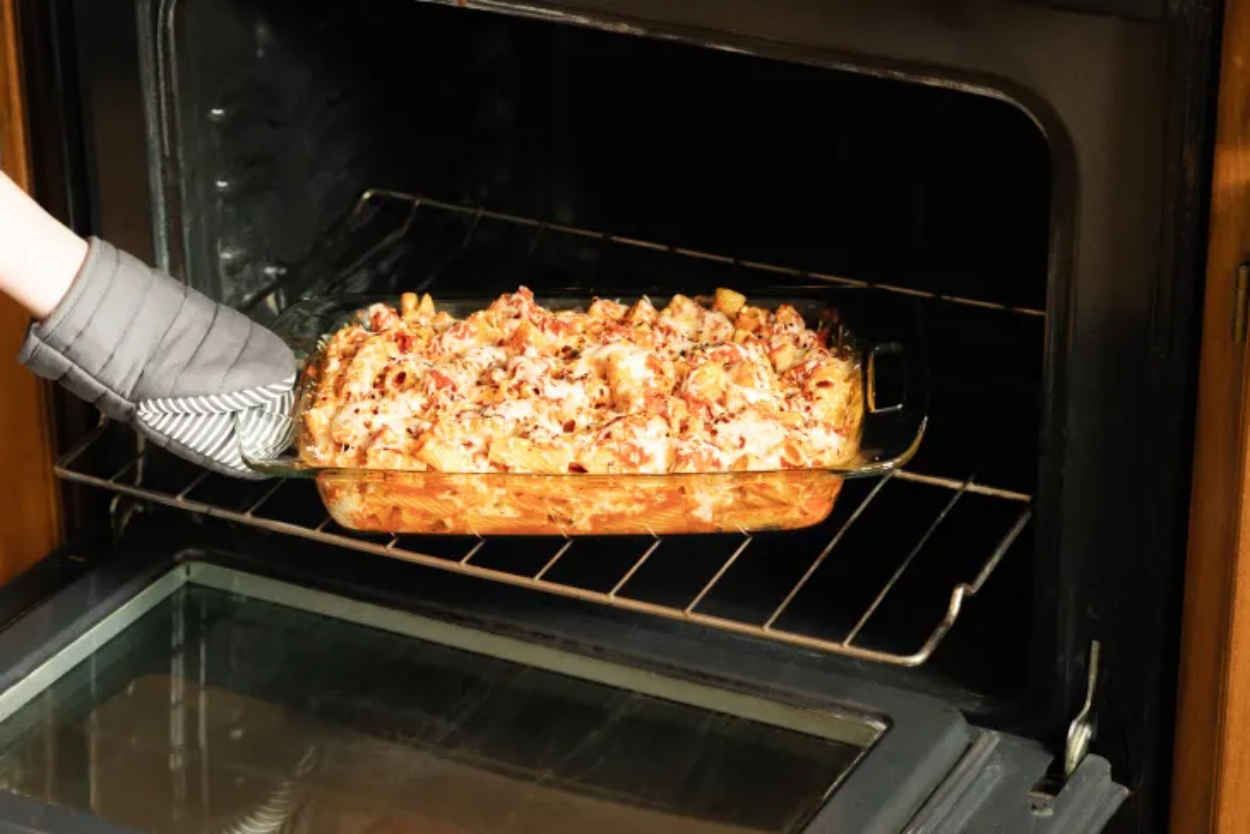
Can You Put Glass In The Oven?
We’ll explore why choosing the right type of glass, particularly from a reliable China glassware factory, is so important, especially if you’re looking for custom glass food storage containers or even a glass lunch box factory.
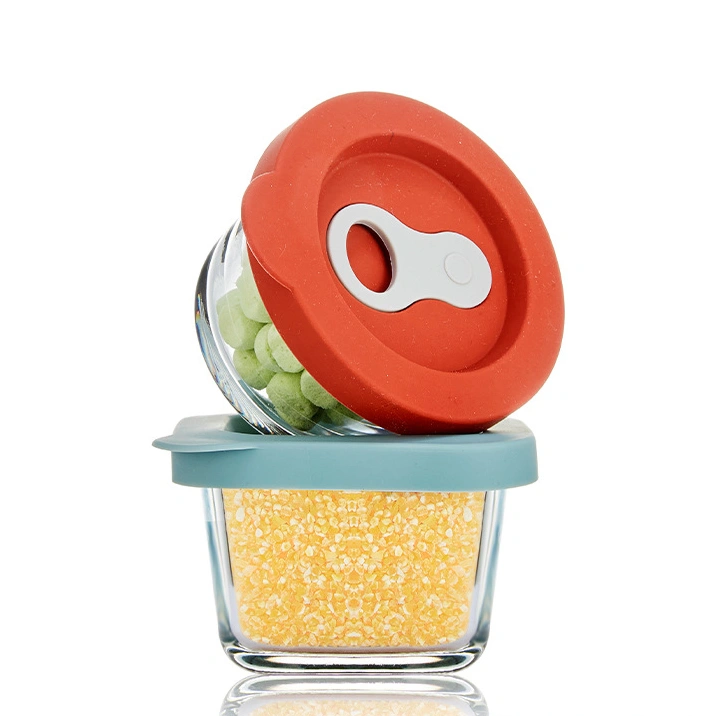
What To Do With Small Glass Containers?
From baby food meal prep, storing leftovers to organizing your craft supplies, small glass containers are super handy!

